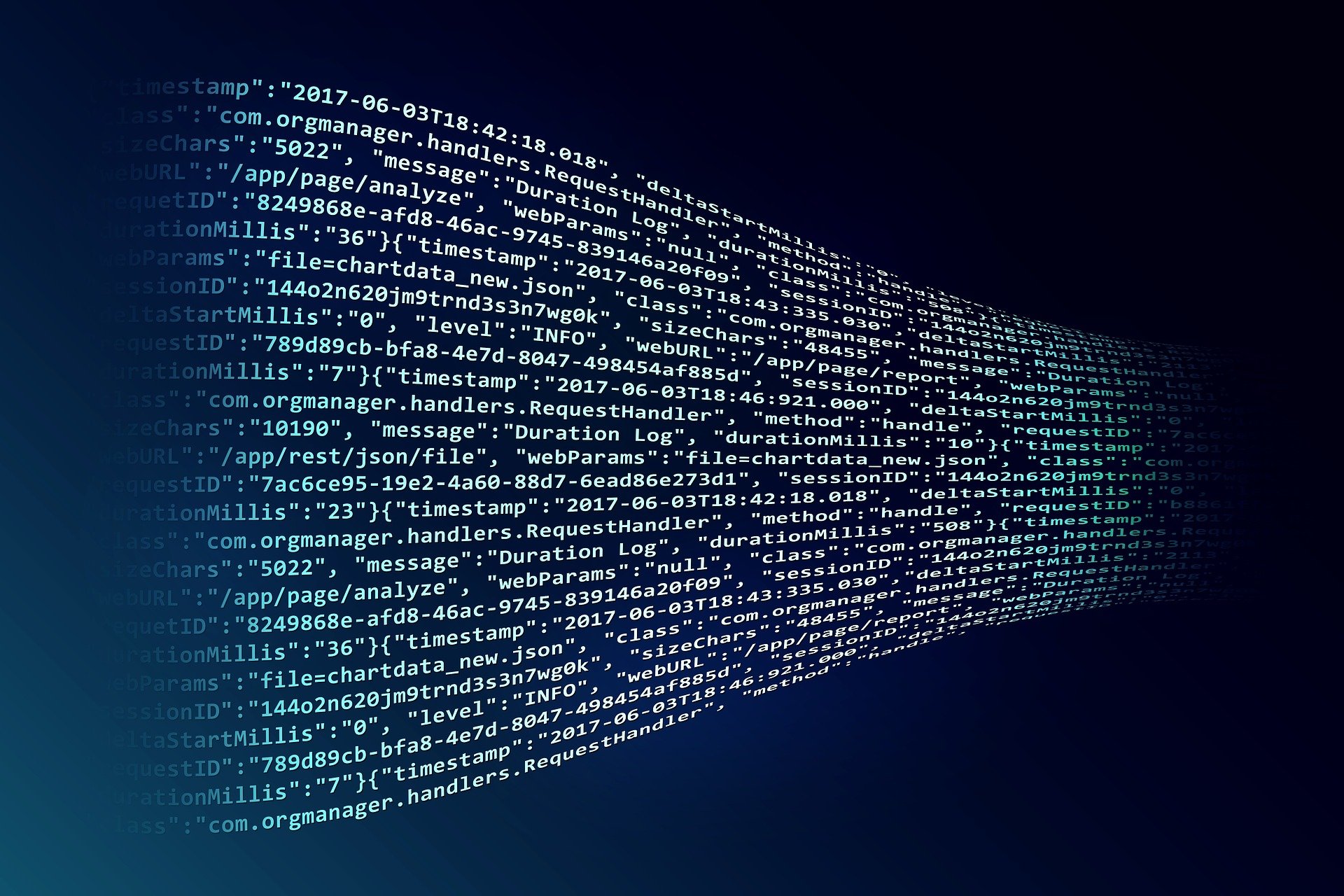How crypto mining works
How crypto mining works
Crypto mining is a popular topic in online forums. You’ve probably seen videos and read articles about Bitcoin, Dash, Ethereum, and other types of cryptocurrencies. And in those pieces of content, the topic of cryptocurrency mining often comes up. But all of this may leave you wondering, “what is Bitcoin mining?” or “how crypto mining works?”
Cryptocurrency mining is a term that refers to the process of gathering cryptocurrency as a reward for work that you complete. This process involves validating data blocks and adding transaction records to a public record (ledger) known as a blockchain.
Traditional Banks Are Centralized Systems
In traditional banking, there’s a central authority that controls, maintains, and updates a centralized record (ledger). That means that every single transaction has to go through the central banking system, where it’s recorded and verified. Plus, it’s a restricted system — only a small number of organizations (banks) are allowed to connect to the centralized banking system directly.
Cryptocurrencies Use Decentralized, Distributed Systems
With cryptocurrencies, there’s no central authority, nor is there a centralized ledger. That’s because cryptocurrencies operate in a decentralized system with a distributed ledger (more on this shortly) known as a blockchain. Anybody can be directly connected to and participate in the cryptocurrency “system.” You can send and receive payments without going through a central bank. That’s why it’s called decentralized digital currency.
How Much a Miner Earns
The rewards for Bitcoin mining are reduced by half every four years. When bitcoin was first mined in 2009, mining one block would earn you 50 BTC. In 2012, this was halved to 25 BTC. By 2016, this was halved again to 12.5 BTC. On May 11, 2020, the reward halved again to 6.25 BTC. In November of 2020, the price of Bitcoin was about $17,900 per bitcoin, which means you’d earn $111,875 (6.25 x 17,900) for completing a block.3 Not a bad incentive to solve that complex hash problem detailed above, it might seem.
How to Start Mining Cryptocurrencies
Mining cryptocurrencies requires computers with special software specifically designed to solve complicated, cryptographic mathematic equations. In the technology’s early days, cryptocurrencies like Bitcoin could be mined with a simple CPU chip on a home computer. Over the years, however, CPU chips have become impractical for mining most cryptocurrencies due to the increasing difficulty levels. You also need a good cryptocurrency portfolio broker.
Today, mining cryptocurrencies requires a specialized GPU or an application-specific integrated circuit (ASIC) miner. In addition, the GPUs in the mining rig must connect to a reliable internet connection at all times. Each crypto miner also requires to be a member of an online crypto mining pool as well.
What Do I Need to Mine Bitcoins?
Although early on in Bitcoin’s history individuals may have been able to compete for blocks with a regular at-home computer, this is no longer the case. The reason for this is that the difficulty of mining Bitcoin changes over time.
To ensure the smooth functioning of the blockchain and its ability to process and verify transactions, the Bitcoin network aims to have one block produced every 10 minutes or so. However, if one million mining rigs are competing to solve the hash problem, they’ll likely reach a solution faster than a scenario in which 10 mining rigs are working on the same problem. For that reason, Bitcoin evaluates and adjusts the difficulty of mining every 2,016 blocks, or roughly every two weeks.
When there is more computing power collectively working to mine for bitcoins, the difficulty level of mining increases to keep block production at a stable rate. Less computing power means the difficulty level decreases. As of Nov. 2019, it is more than 13 trillion.
